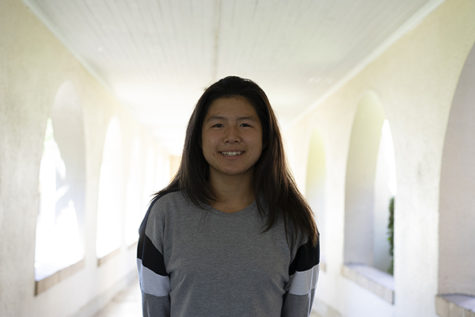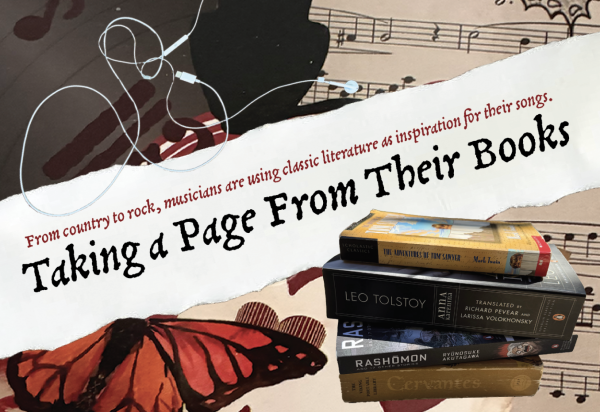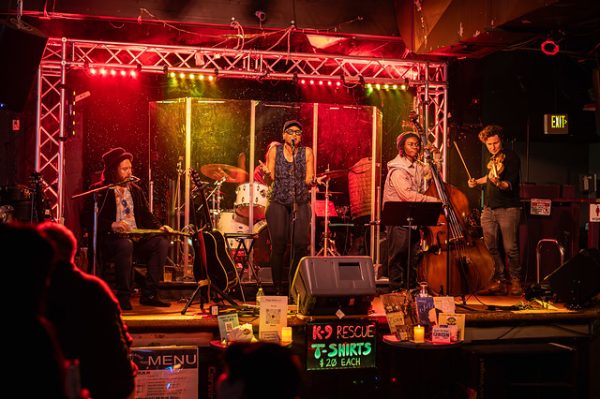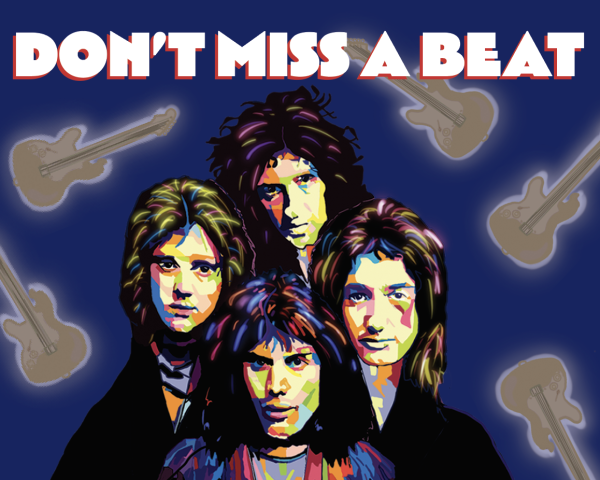Not Music To Our Ears
The trajectory of music education lies in the hands of today’s young musicians. While many are beginning to emphasize an academic approach to music, this reorientation that disregards expression and emotion will taint the future of musical education.
Music is a medium through which many have the freedom to creatively express themselves. Whether an emphasis is placed on classical, jazz or any other genre, each musician carves their own path and creates their own unique style. Musicians have the opportunity to convey human emotions and speak to their audiences purely through the language of sound. Recently, young musicians have begun to diverge into one of two paths; they either focus on the development of musical appreciation or stress the mastering of virtuosic technique. While proficiency in music is desirable to many, investing in this academic pathway overshadows the artistic aspects of music. By emphasizing the mechanical side of music, including sight reading and music theory, young musicians jeopardize the true expressive and creative purpose of music; taking this technical-focused path harms the growth of music and its future as a form of art.
The technicalities of music have become increasingly prominent, and, in some aspects, have begun to dominate the more traditional, artistic side. By establishing standards and awards to test for musical achievement, many young musicians spend countless hours practicing skills such as music theory, sight reading or finger dexterity in order to prepare themselves for musical exams. In California, the most infamous of such exams is the Certificate of Merit (CM). Sponsored by the Music Teachers’ Association of California (MTAC), the CM program evaluates students from levels one through ten on performance, technique, ear training, sight reading and music theory. Through these evaluations, young musicians receive the equivalent of an academic achievement award, and many become extremely invested in scoring well on these exams. Though the purpose of the CM is to promote musical excellence, it disregards the artistic aspect that fuels music, causing many music students to forget the most essential parts of music: to convey passion and emotion through sound.
For young musicians that recognize the value in music beyond the grueling hours of practice and rehashing of technical drills, music provides an artistic outlet that allows for boundless creativity. Paly senior Sebastian Khairkhahan utilizes this outlet to the fullest extent while playing the piano, as his musical education is built off of his deep passion for music. From the start of his musical journey, at age six, until now, he has continuously chosen to emphasize the expression behind the music rather than focusing on the technical aspects of piano. “For the most part, I’m self-taught,” Khairkhahan said. “I never really learned technique the stereotypical way of practicing Hanon [piano drills] and scales.” Khairkhahan does believe, however, that such technical parts are essential to build a sound structure that can lead to a comprehensive understanding of music. “At the end of the day, even if you have to memorize every single key signature and other things, scales and music theory still help a lot,” Khairkhahan said. “If you want to learn the music and you’re curious about music, you already have information in the back of your head like a database that you can build off of.”
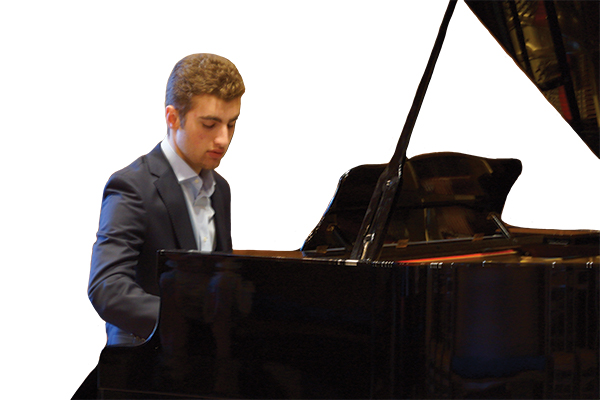
Over the course of six years, Khairkhahan participated in CM tests and has been assessed through the highest level. While he does believe that some academic aspects of music are beneficial to musical education, Khairkhahan reflects that CM tests and other such exams were not a constructive way to evaluate musical achievement. “The CM made music seem robotic [and] measuring music by a benchmark or rubric has ruined classical piano,” Khairkhahan said. “You are rewarded for playing like a machine. By removing all emotion, there is no love anymore and that is why classical piano is dying.” Because of its promotion of playing instruments in a mechanical manner, Khairkhahan does not support this academic aspect of music and hopes that young musicians will instead use music as a way to express themselves.
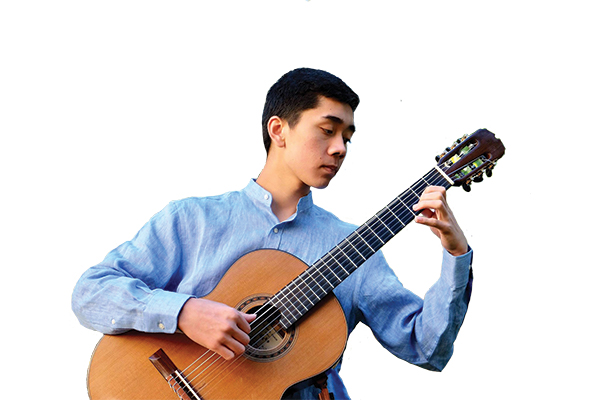
Many lifelong musicians begin learning an instrument at a young age, and Nicholas Padmanabhan is no exception. At the age of seven, Padmanabhan received a toy guitar from his grandmother and was immediately fascinated. Quickly recognizing his passion, Padmanabhan began playing classical guitar and, since then, he has participated in many competitions throughout the years — both in the United States and internationally. He has not, however, participated in any exams testing achievement in music as he, similar to Khairkhahan, believes that such tests negatively promote the academic aspects of music. “I’m not a big fan of the [CM tests] because [music] is no longer something you do because you like it; it’s something you do because you’re going to get an award at the end,” Padmanabhan said. “It encourages people to just learn a set number of things and not really go beyond that.”
Pushed into playing the piano by his parents at the age of six, Samuel Lai initially saw music as an obligation and burden. His outlook changed, however, when he found the true meaning of music through playing the violin when he was seven. He discovered a new joy while playing, stemming from the opportunity to communicate his thoughts through music. “I just remember there was one time I was practicing in freshman or sophomore year, and I suddenly realized that I sounded much better than before,” Lai said. “I enjoyed producing really good music, and it made me happy.”
As the co-founder and co-president of the Paly Chamber Musicians club, Lai strives to achieve the club’s mission statement of community outreach and the expression of music for everyone to enjoy. Through the club, Lai emphasizes the value of music and shares his playing with others to convey underlying meanings and emotions. Lai firmly believes that creative expression is the essence of music. “The most important part of music is how you express it,” Lai said. “I like to express music towards the community for them to enjoy. My music is not only for myself because it’s a creative way of expressing yourself. It’s like a type of art or language.”
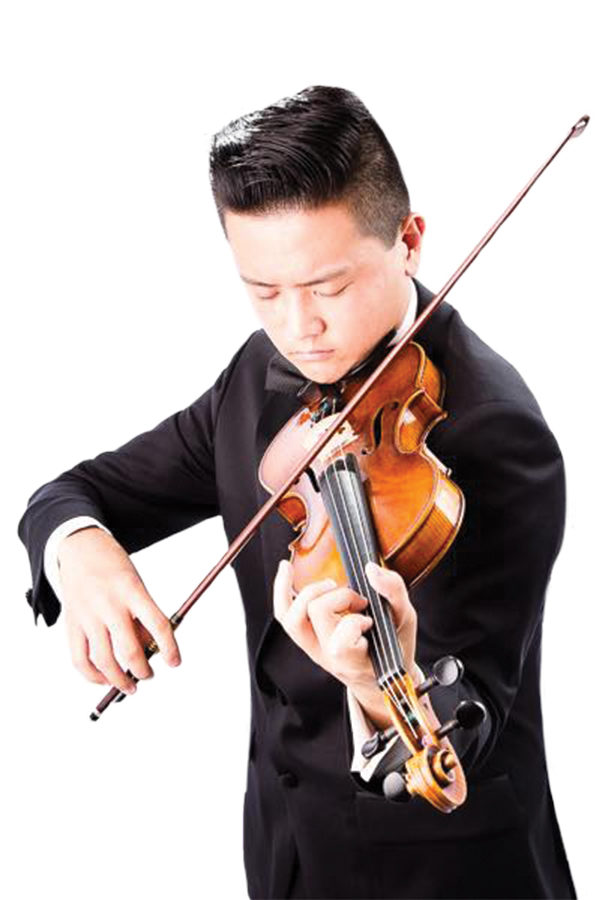
Lai recognizes the beauty of music beyond reaching high proficiency and, to him, being a violinist is an important part of his life that he will never let go. “Violin is something I want to keep for the rest of my life,” Lai said. “You can express so much, you can do so much on the violin.”
Musical competitions and CM testing do nothing but disparage the art behind music. In many instances, CM evaluators do not grade on musicality, but rather on completion, level of memorization and competency of technique. Though the purpose of CM is to provide a rubric or benchmark for musical learning, it trains students to mindlessly grind out the required scales with no actual understanding of the merits to being fluent in scales or being able to sight-read easily. By enforcing a way to quantify musical “excellence,” CM diminishes both the values of creative musical expression and the theoretical concepts behind musical compositions.
Even to qualify for Branch Honors, a CM award, participants must reach a high enough music theory score in order to perform at a special concert for such award winners. At these concerts, it is clear that the performers do not have a sense of music, as they opt for showy pieces that display high technique level, low musical appreciation and a poor sense of sound. In creating such standards, the organization solely serves to reward unoriginal and surface-level interpretations of music, contributing to the decline of classical music and leading many young musicians to quit before they even realize that the point of music is to be musical.
Likewise, many music competitions leave performers feeling short-changed or unrecognized for their hard work and unique interpretations. Very few competitions value musicality over technical difficulty or accuracy, causing many to turn towards intense training in finger dexterity in order to perform the fastest, most complicated and intimidating pieces known to man. With all of this practice, however, it is rare to find a performer that truly understands the musical significance of the piece that they are playing. In such competitions, those that appreciate real music often do not win as frequently as those who are more technically inclined, as judges often have to pick the musicians whose performances were not very musically interesting or controversial. These middle-of-the-road performances are usually technically near-perfect, but they are often interpreted literally from the sheet music with no individual artistic flair. This encourages young musicians to play by the book and does nothing to push them to creatively grow.
Unfortunately, many are pushed into music at a young age not as an artistic pursuit, but for inane reasons such as brain development or a predisposition for success. Though these correlations to musical training may be true, this certainly forces the academic face of music to be more prominent in the education of young musicians, placing artistic expression on the back-burner.
The responsibility of a musician is to convey their thoughts and emotions with their audience solely through sound. With an increasing number of standardized musical testing, it is important to remember that the value of music lies in expression rather than achievement. Music has been appreciated as an art since the beginning of civilization; one can only hope it stays that way now and in the future.



